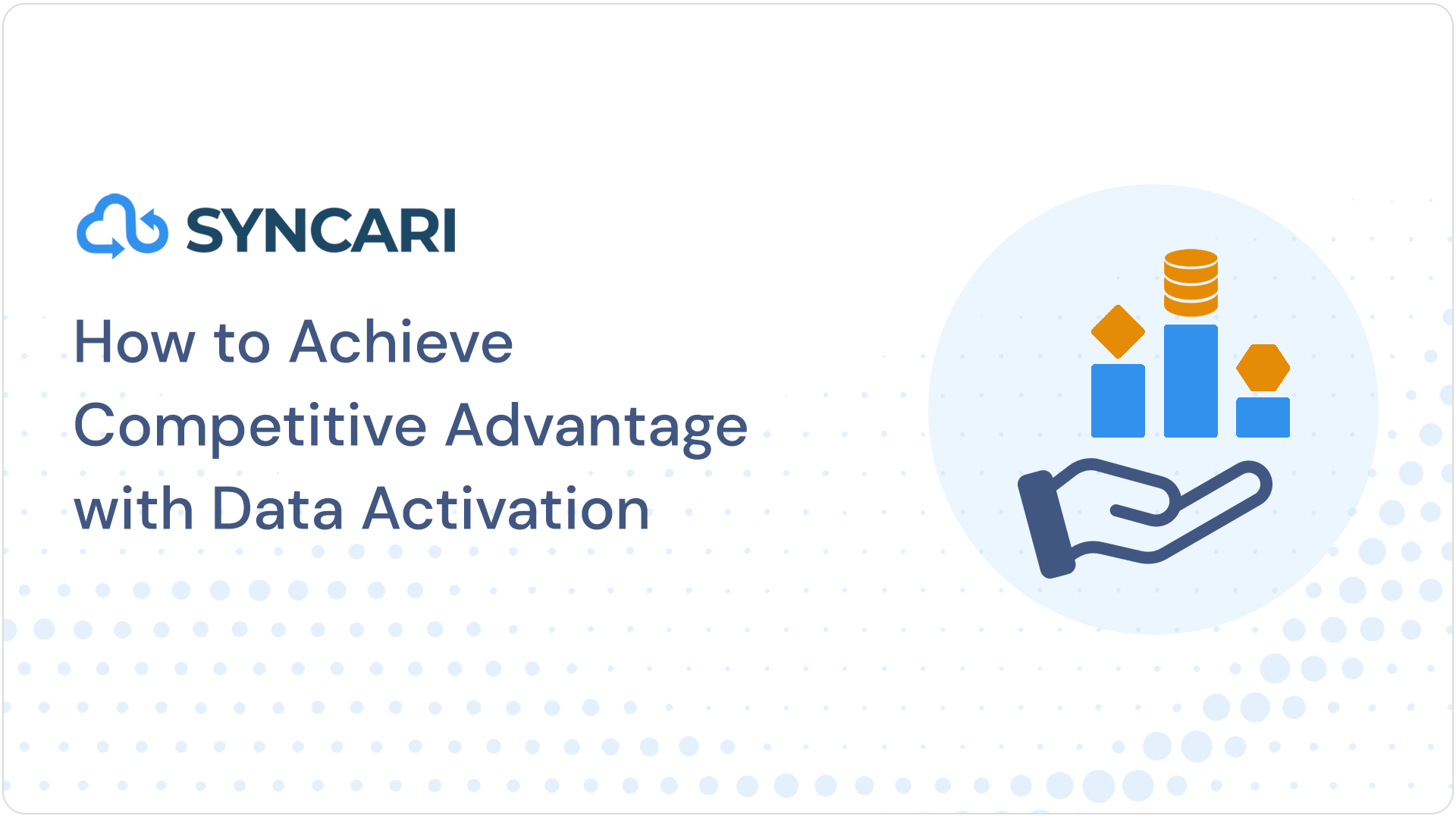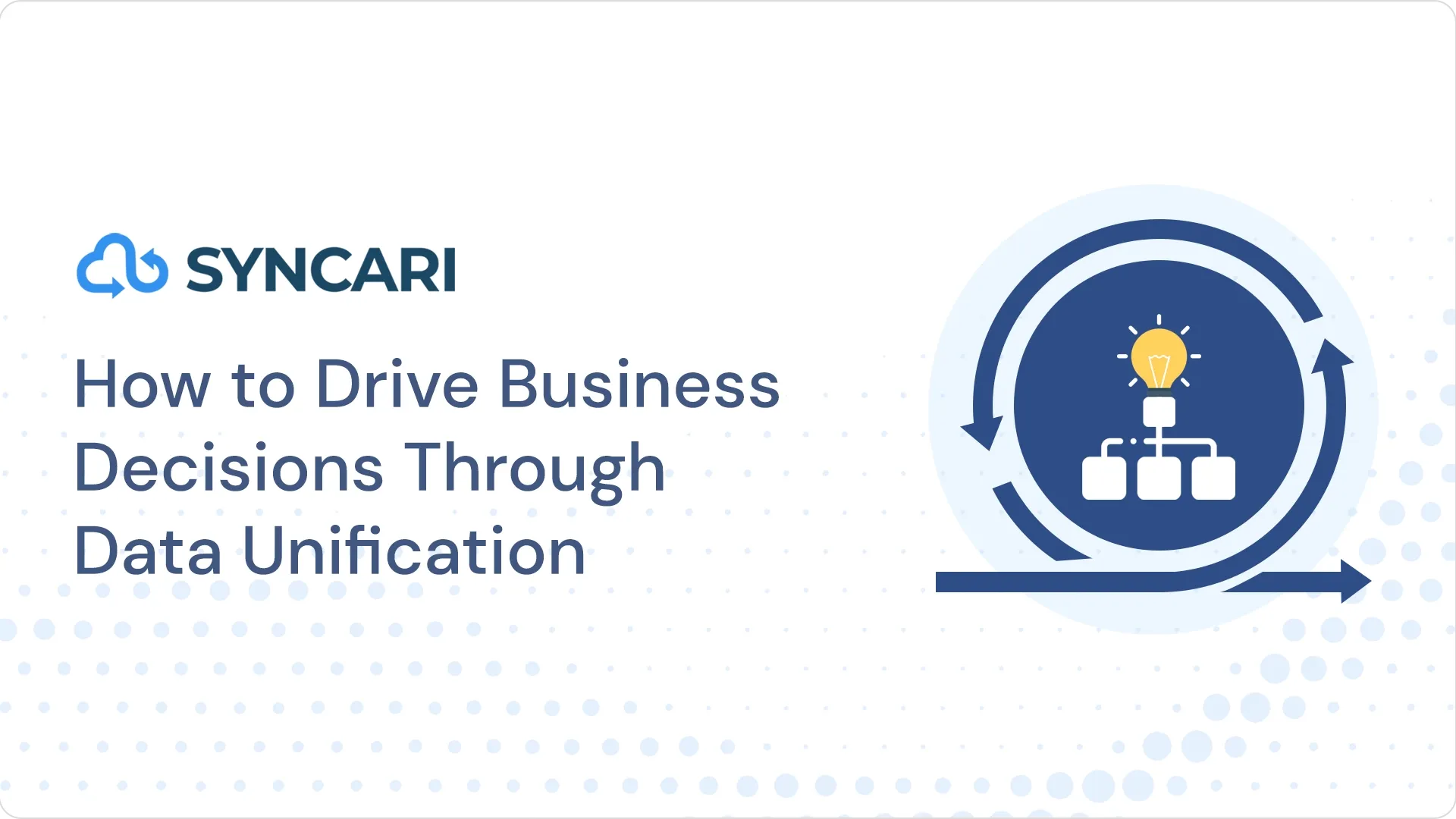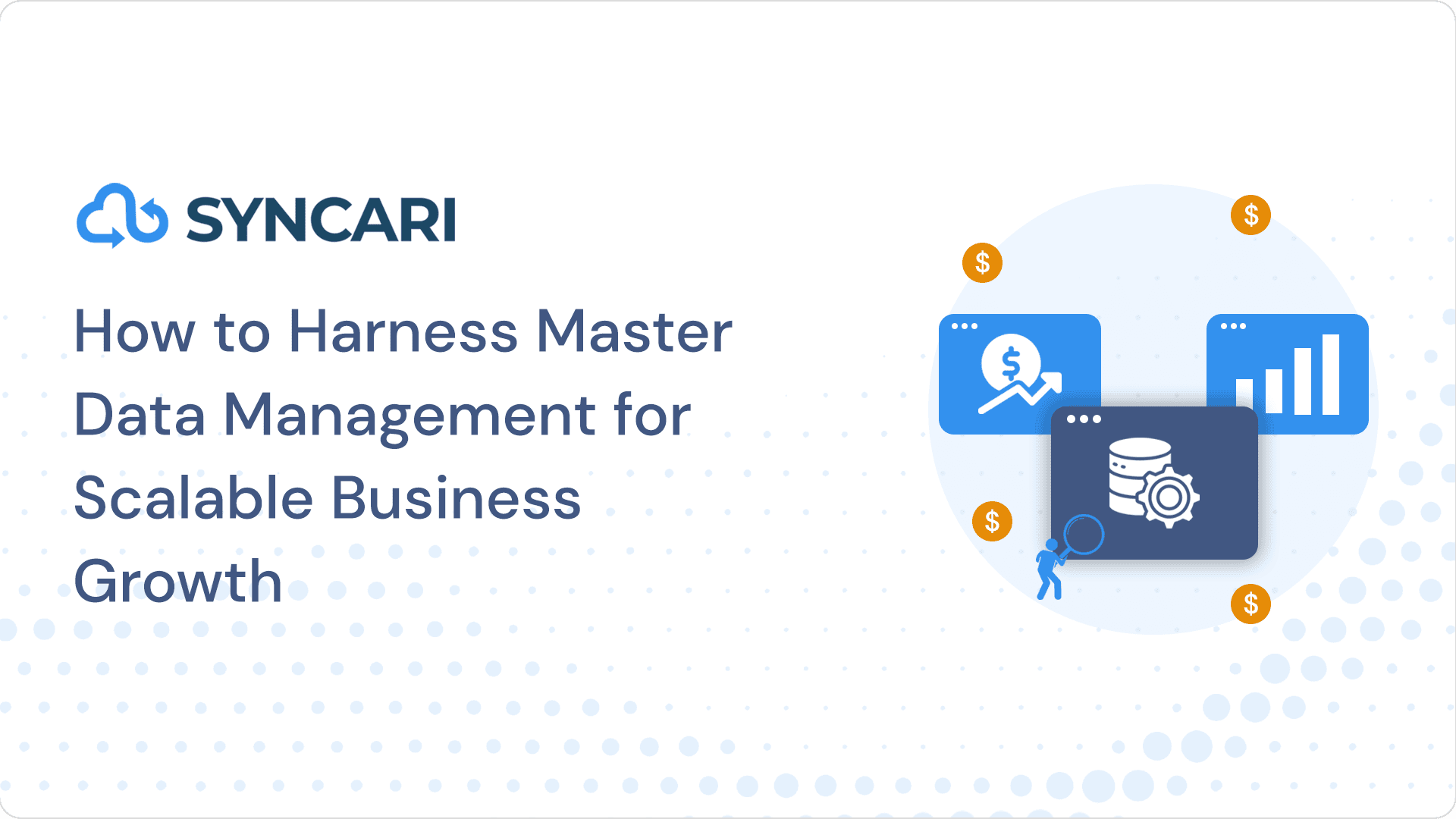In the CRM kingdom, Salesforce long sat on the throne and batted away any challengers. But then it all changed. And it didn’t stop. In the last few years, HubSpot has transformed itself from a marketing automation platform to an enterprise level CRM. Yes, enterprise level.

While there are still some who think HubSpot is the HubSpot of 4 years ago, many have taken notice of the vast amount of updates they have been rolling out on an almost daily basis.
Case in Point: About a month ago, Supered Co-founder and CEO Matt Bolian made this post noting that in a 14 day span HubSpot had made updates in the following areas:
- Drag and drop workflows
- Customer Journey Analytics
- Deal Tags
- ChatSpot AI
- Text AI in base product
- Mobile email logging
- Native sync with SFDC cases to HubSpot tickets
14 days. And that’s nothing unusual for HubSpot.
The result of all this? Many companies are migrating from Salesforce to HubSpot. When a company is willing, and eager, to undertake the very labor-intensive process of moving every piece of data they have from one CRM to another, it says something.
Namely: There’s a new king.
[ Related: Is Salesforce Data Migration the Right Step for your Business Success? ]
What is a CRM Migration?
First, the basics.
They’re not trying to fool you with the name as a CRM migration is exactly what it sounds like. It is the process of migrating (or moving) data, settings, and configurations from one CRM to another.
A simple analogy is when a person moves from one house to another. When you move, you carefully pack up all your belongings and move them from your old house into your new house. So just think of the houses as CRMs and all of your personal belongings in those houses as customer data.
Common Reasons for Migrating CRMs
CRM migration is a complex and time-consuming process (i.e. it’s not something companies just do for fun or because they’re bored.) So why is it so common? Here are a few things that can trigger it….
Business Growth
Not all CRMs are built to handle the needs of large businesses. When a company gets to the point where their current CRM is no longer capable of handling the increasing volume of data or the complexity of business processes, it’s time to go look for a more scalable CRM.
User Adoption/User Experience
A company may currently have a “top” CRM, but if the number of people actually using the platform is low compared to the amount of seats purchased, then it’s meaningless.
Short version: Without adoption, nothing matters.
If a CRM proves not to be user-friendly, a company is going to want to migrate to one with a better user interface and more intuitive workflows to increase user adoption and productivity.
This is like buying a $200 steak and then just letting it sit on your plate. The steak might be “good”, but that’s irrelevant if you’re not actually going to eat it.
Cost and Efficiency
Money talks, and that means if there’s another CRM with better pricing, licensing, or operational advantages, then companies are going to want to make the switch. When the economy begins to contract, companies look to cut costs anywhere they can, and an overpriced CRM can be a good place to start.
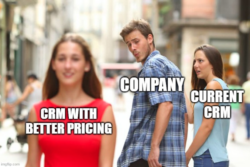
[ Related: CRM Migration Tools: What are they & Top 5 Tools 2023 Edition ]
Specific Triggers/Reasons for a Salesforce to HubSpot Migration
Just a few years ago, the idea of migrating from Salesforce to HubSpot would have been considered odd (if we’re being generous with words). After all, Salesforce was the undisputed king of CRMs and HubSpot wasn’t even really a CRM at all. But things have changed, and now not only is this switch no longer odd, it’s happening at an increasingly higher rate.
What’s causing this? Here are a few triggers that can cause this specific migration to take place….
Money Money Money
The bottom line is that Salesforce can be expensive, especially for small and medium-sized businesses with limited budgets. HubSpot offers a range of pricing plans, including free options, and is more cost-effective compared to Salesforce, which can have higher subscription costs and additional fees for advanced features.
Salesforce’s cost is sometimes hard to justify for companies who, just by casually scrolling through LinkedIn, can see the daily deluge of updates HubSpot puts into place.
Ease of Use
Even when it comes to the pro-Salesforce crowd, one argument you will almost never hear them make is that Salesforce is easier to use than HubSpot. And there’s a good reason for that–it’s not.

The steep learning curve of Salesforce requires a lot of technical expertise, whereas HubSpot’s user-friendly interface and intuitive design make navigation and adoption easy for non-technical users.
When companies decide they want to K.I.S.S. (keep it simple, stupid), HubSpot wins everytime.
Integrated Features
“Crafted, not cobbled” is a tagline that has inspired many companies to make the switch from Salesforce to HubSpot.
One of the biggest benefits of HubSpot is that the platform is built on one unified code base with one consistent user interface (UI) across all of its hubs for each department. Why is this important? The shared UI enables a team to access information cross-functionally and with a single record of customer activities.
Salesforce, on the other hand, has evolved over time through acquisitions and integrations of various technologies and companies. This has resulted in a more complex and intricate system with multiple modules and integrations that may require additional configuration and customization to work together seamlessly.
Scalability
It’s no secret that Salesforce caters to bigger companies (usually 2k+ employees). Because additional customization and configuration may be required for scalability, it can be overwhelming for smaller businesses or those with limited budgets.
While HubSpot has now entered the realm of enterprise level CRMs, they still offer scalability, allowing companies to start with basic features and gradually upgrade as their business grows. Want proof? This post from Liam Redding, a Senior HubSpot strategist at Remotish, highlights a case in which a client portal had close to 5M contacts, which he notes is double the population of his home state of West Virginia. In his words, “Don’t tell me HubSpot isn’t built for scale.”

Team Inbound
A recent trend is….outbound is out and inbound is in.
For companies looking to dive headfirst into the inbound pool, there really is no debate here. While Salesforce does not have a specific focus on inbound marketing as its core offering, HubSpot is tightly integrated with its inbound marketing tools, such as content creation, social media management, and email marketing, offering a comprehensive marketing and sales solution to attract and engage all in one platform.
Customer Support
If customer support is key (and it should be) in a company deciding which CRM to go with, here’s why HubSpot wins….
Availability
HubSpot’s customer support is available 24/7, whereas Salesforce’s support availability depends on the subscription plan and level of support.
Response Times
Salesforce offers different levels of support with varying response times, whereas HubSpot’s response times are generally consistent across all plans.
User Community
HubSpot has a strong user community forum where users can connect and seek support from other users. Salesforce’s community forum is not as prominent.
What Happens in a Salesforce to HubSpot Migration?
Ok, you’ve decided Salesforce isn’t for you (and your company). What are the steps in waving goodbye to big blue and hello to the orange sprocket?
Data Preparation and Mapping
Cue a 1990’s sitcom dad saying, “If you fail to plan, then you’ve planned to fail.”
The first thing that needs to occur is an identification of the specific data that is being migrated, including standard and custom objects.
After identification, comes cleaning. All data in Salesforce needs validated and cleaned (i.e. resolving duplicate records, incomplete data, and data inconsistencies). If you’re wondering why this step is important, think about moving from one house to another and the fact that you would never consider transferring all the accumulated dirt and dust from your old house into your new one.
Next, define the data mapping and transformation rules. Examples here could include:
- Field-to field mapping (e.g. mapping the “First Name” field in Salesforce to the “First Name” field in HubSpot)
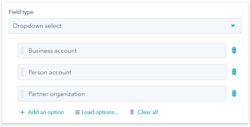
- Data manipulation (e.g. converting date formats, standardizing phone numbers, or normalizing values to a common format to ensure data consistency in HubSpot)
Customizations and Configurations
If a company has been with Salesforce for any length of time, then it follows that they’ve made modifications or changes to the system to tailor it to the specific needs and requirements of their business. Configurations have also probably been aligned to their specific processes and workflows, including permissions, role hierarchy, email templates, and sales stages. These all need to be identified so that the need for certain customizations in HubSpot can be evaluated.
Going back to the housing analogy, if you had custom shelving put in your old house to display antiques, then you would need to figure out if the new house also had these specific types of shelves or if special modifications would need to be made to it.
In the same way, you need to evaluate the corresponding functionalities in HubSpot, and determine the need for customization or configuration.
Some examples of this include reports and dashboards in Salesforce that need to be converted in HubSpot to continue tracking and analyzing relevant metrics and KPIs or customized email templates that need to be recreated to ensure consistent branding and messaging in communication with customers and prospects.
Need a helping hand? Syncari allows for mapping of Salesforce objects with associated HubSpot custom objects to sync data accurately during the migration process.
Data Migration
After all the planning and prep work, it’s moving day! Anything that needs to be in HubSpot must be removed from Salesforce.
Data extraction from Salesforce will require a data migration tool or API integration. Some good, user-friendly options here are:
- Syncari: Can help migrate data from Salesforce to HubSpot by automating the moving of leads, accounts, contacts, opportunities, and more into HubSpot, and also offers native Salesforce integration to streamline the migration process. Key feature: multi-directional stateful sync.
- HubSpot’s native migration tool: Allows you to export data from Salesforce in a .csv format and upload it directly into HubSpot. (used for simpler cases)
The migrated data will need to be validated in HubSpot to ensure data accuracy and integrity, including performing data quality checks, data validation, and data enrichment tasks. If you use Deequ, an open-source tool from AWS labs, you can define validation checks to confirm that the data being migrated meets specific data quality criteria, such as checking for missing values and format consistency.
Also, Salesforce provides a connector which allows for data synchronization and reconciliation between the two systems. It can compare data in both systems to identify discrepancies and ensure an accurate migration between the two systems.
Testing and Validation
Migrating all cleaned data over from Salesforce is important, but you know what’s even more important? Making sure it actually works in HubSpot!
It’s crucial to test the functionalities and configurations in HubSpot to ensure that they work as expected (e.g. customizations, workflows, email templates) and validate the data integrity by checking for any discrepancies or missing data.
This can be done by setting up a separate test environment in HubSpot that mirrors the configuration and data of your production environment in Salesforce. This will enable you to to test the functionalities and configurations without impacting live data.
These tests should use realistic data values, including different data types, data formats, and data combinations, to thoroughly test the functionality of these processes. Data workflows, automations, and integrations should be tested with different data scenarios, including edge cases, boundary cases, and error scenarios.
User Training and Adoption
Just because the migration is done, it doesn’t mean the learning is! User adoption must be your true North, and it starts with providing proper training. Some considerations are:
Training sessions
These could be conducted in person or remotely through webinars or video tutorials. They should cover such topics as navigating the HubSpot interface and creating and managing contacts, deals, and tasks. A bonus could be hands-on workshops where users can practice using HubSpot in real-world scenarios.
Post-Migration Support
A great way to provide continued support to users is through a dedicated help desk or support team to address any questions, issues, or feedback related to using HubSpot. This can include resolving technical issues and offering ongoing support to ensure a smooth transition and successful adoption of HubSpot.
[ Related: HubSpot Salesforce Integration: The Limitations of Native Data Sync ]
Summing it All Up
Migrating from one CRM to another is a large undertaking and is only done when a company feels their current CRM is no longer the best option for them.
One migration that’s becoming more common is Salesforce to HubSpot as people are taking notice of the tremendous amount of updates and additions that HubSpot has put out over the last few years. Couple this with HubSpot’s advantages in ease of use and more flexible payment options, and it’s with good reason that Salesforce has been forced to look over its shoulder so much recently.
Time will tell if the recent move from Salesforce to HubSpot is just a momentary trend or part of a larger shift in general. For now, though, many companies are choosing to crown a new king of their customer relationship management operations, and it’s name is HubSpot.
This is a guest post written by RevPartners, a management and consulting firm that designs and executes revenue engines to supercharge their customers’ growth with services such as HubSpot Onboarding, RevOps as Service and SEO/PPC. The RevPartners team orchestrates, optimizes, and reports on their clients’ marketing, sales, and operations processes through automation and tools. RevPartners’ mission is to democratize revenue operations by making it accessible, consumable, and actionable in HubSpot.
